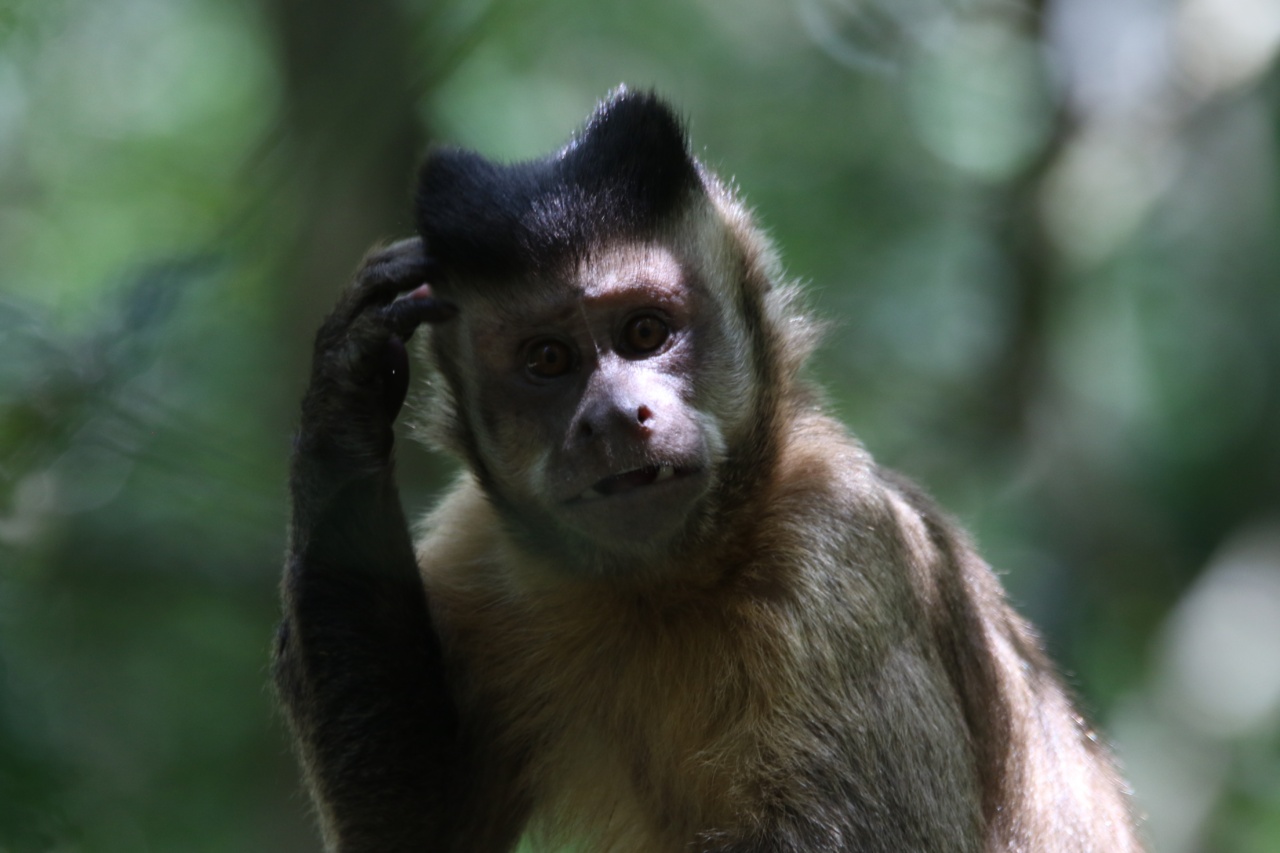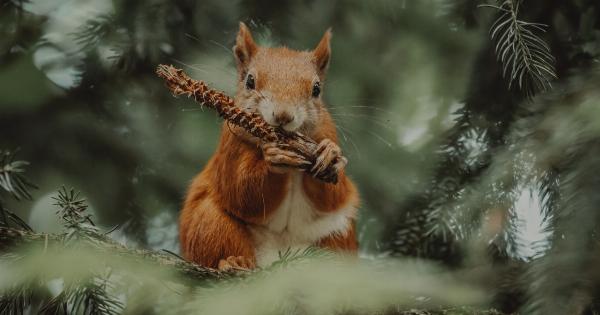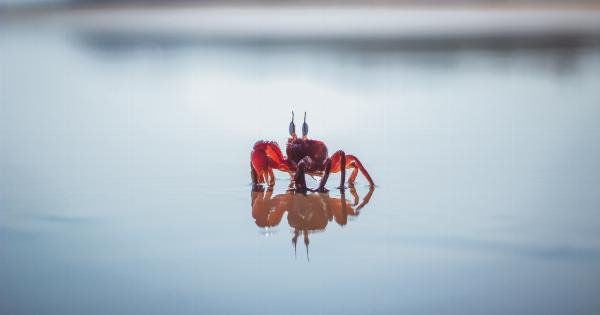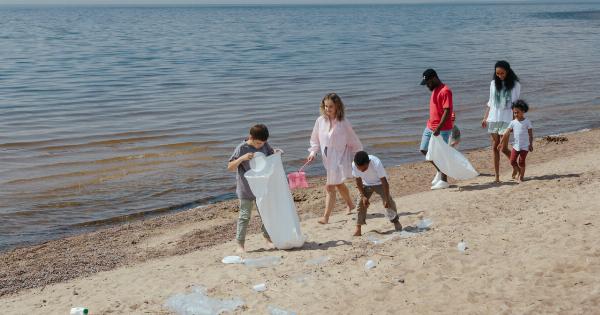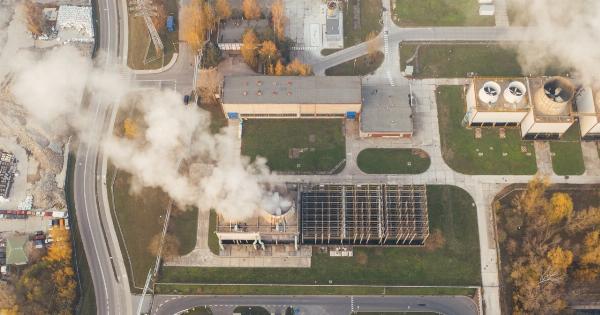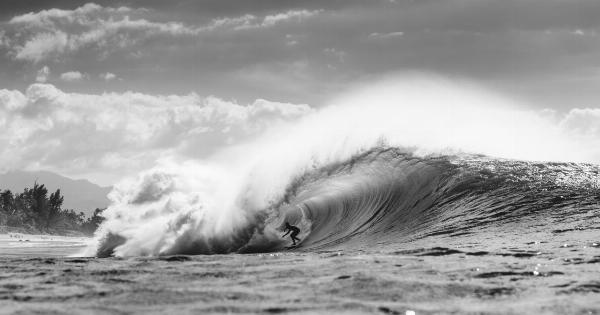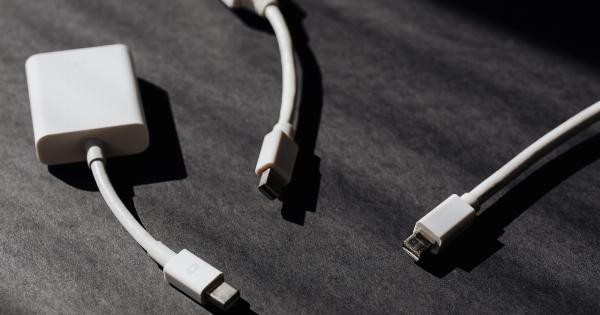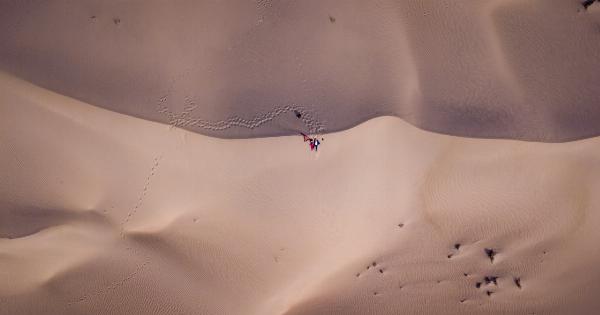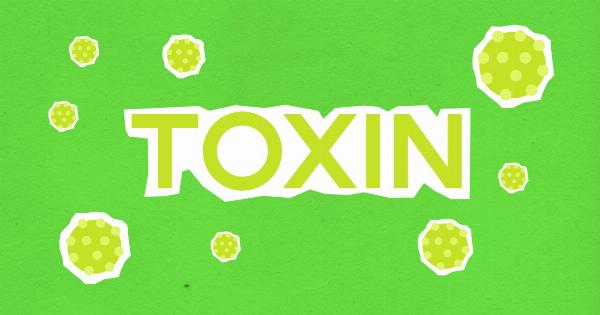Wildlife is an essential part of our planet’s biodiversity. It plays a vital role in maintaining a healthy ecosystem. We share this planet with a wide range of furry friends, including birds, mammals, and reptiles.
These creatures play a significant role in our lives, and we must take care of them. In this article, we will explore the importance of wildlife and how we can protect and nurture our furry friends.
The Importance of Wildlife
Wildlife plays a fundamental role in our ecosystem. It helps in balancing the natural systems and provides numerous benefits to the environment and humans. Here are some of the reasons why wildlife is vital:.
Biodiversity
Wildlife is an essential component of biodiversity. Biodiversity refers to the variety of life forms on the planet, including plants, animals, and microorganisms. It is crucial to maintaining the balance of ecosystems, that supports life on Earth.
The presence of wildlife is a testament to the health of an ecosystem. Without them, our environment would be imbalanced, which could lead to extinction.
Economic Benefits
Wildlife is a significant source of economic benefits. It helps in the creation of jobs and revenue for the people. Wildlife tourism is a growing industry that has huge economic potential.
People travel to different parts of the world to see wildlife, which creates jobs for local communities and contributes to the economy through tourism dollars.
Medicinal Values
Wild animals and plants contain a range of compounds that have medicinal values. Many traditional medicines are derived from wild animals and plants. For example, the venom of some reptiles has been shown to have antibiotic and anticancer properties.
Scientists continue to explore the therapeutic potential of wildlife, which could lead to the development of new drugs.
Ecological Balance
Wildlife helps in maintaining ecological balance. Every species has a unique role in the ecosystem, and without them, the entire system can fall apart. For example, some animals help in pollination, which is essential for the growth of plants.
Without pollination, many plant species would become extinct.
Threats to Wildlife
Despite the importance of wildlife, many species are under threat due to human activities. The following are the primary threats to wildlife:.
Habitat Loss
Human activities such as logging, deforestation, and agriculture have led to the destruction of wildlife habitats. Many species require a specific habitat to survive, and when their habitat is destroyed, they become endangered.
Poaching and Hunting
Poaching and hunting are also major threats to wildlife. Many species are hunted for their meat, fur, or other body parts, which are used in traditional medicine or for decorative purposes.
Poaching and hunting have led to a significant decline in the population of many wildlife species.
Invasive Species
Invasive species are non-native species that are introduced into a new environment where they have no natural predators. These species can outcompete native species for resources, leading to their decline.
Invasive species are a significant threat to wildlife, especially on islands and in freshwater ecosystems.
Pollution
Pollution is a significant threat to wildlife. It can contaminate the food and water sources of animals, leading to their death. Pollution can also destroy habitats and disrupt the natural ecosystems, leading to the decline of many species.
How to Protect and Nurture Our Furry Friends
We all have a role to play in protecting and nurturing our furry friends. Here are some things that we can do:.
Support Conservation Efforts
Various organizations are working to conserve wildlife species. You can support these organizations through donations or volunteering. You can also participate in conservation activities in your community, such as planting trees or cleaning up habitats.
Reduce Your Carbon Footprint
Climate change is a significant threat to wildlife. You can reduce your carbon footprint by driving less, using energy-efficient appliances, and eating less meat.
By reducing your carbon footprint, you help to mitigate the impacts of climate change on wildlife.
Avoid Products Made from Endangered Species
Many products are made from endangered species, such as fur coats or ivory ornaments. By avoiding these products, you help to reduce the demand for them, which reduces the pressure on wildlife populations.
Practice Responsible Hunting and Fishing
If you are a hunter or a fisherman, practice responsible hunting and fishing. Follow the regulations set by the authorities and avoid hunting or fishing in protected areas. Also, do not hunt or fish for endangered species.
Dispose of Waste Responsibly
Improper waste disposal can harm wildlife. Waste, such as plastic bags and bottles, can end up in water sources, where they can harm aquatic animals. Dispose of waste responsibly, by recycling or properly disposing of it.
Conclusion
Wildlife is an essential part of our planet’s biodiversity. It provides significant benefits to the environment and humans. However, many species are under threat due to human activities.
We all have a role to play in protecting and nurturing our furry friends. By supporting conservation efforts, reducing our carbon footprint, avoiding products made from endangered species, practicing responsible hunting and fishing, and disposing of waste responsibly, we can help to protect and nurture wildlife.
